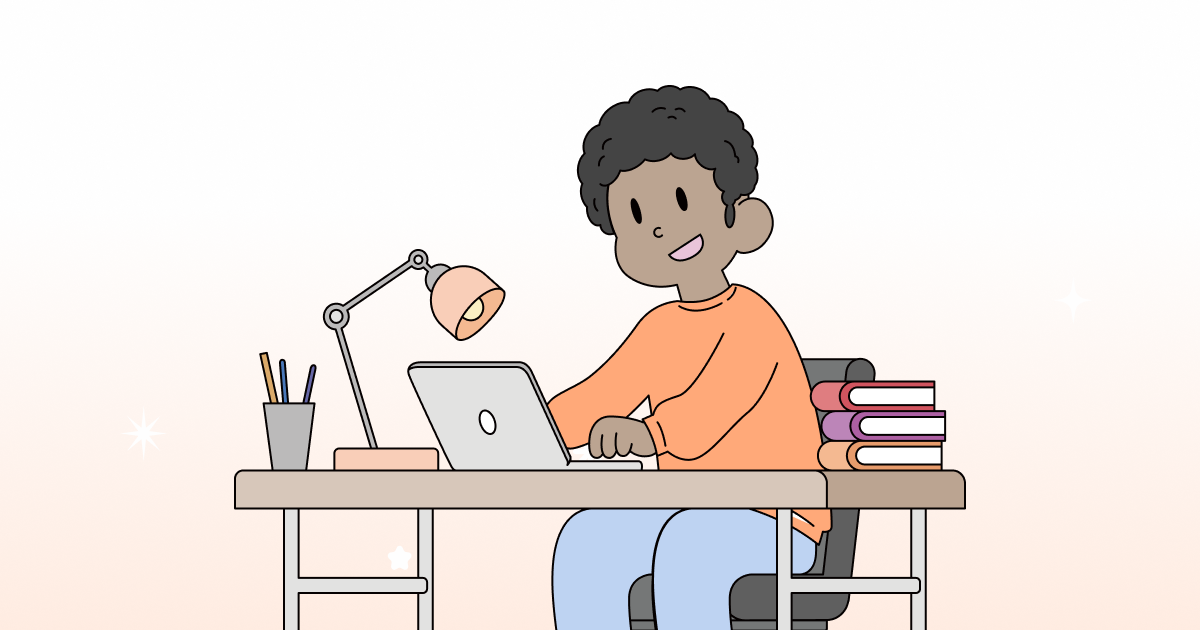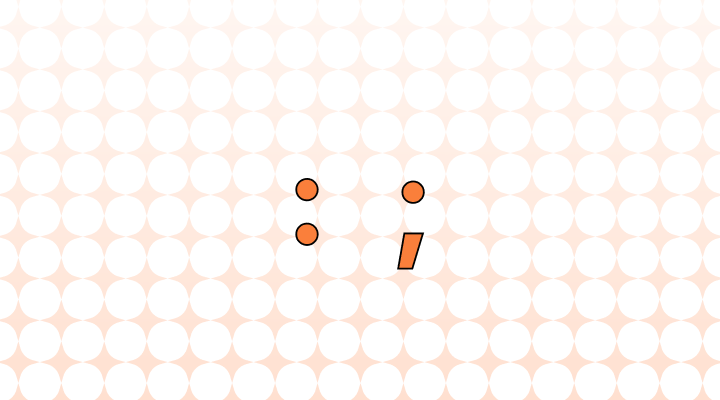In the world of punctuation, similar-looking symbols can often lead to confusion. One such pair is the colon (:) and semicolon (;). The colon signals that what follows is directly related to or elaborates upon what precedes it. A semicolon is primarily used to join closely related independent clauses within a sentence.
While they share a visual resemblance, their roles and functions in sentences are quite distinct. Let's dive into the meaning, differences, and usage of the colon and semicolon to help you wield these punctuation marks with confidence.
What does a colon mean?
A colon is a punctuation mark that has several important functions in writing. It is primarily used to introduce or emphasize information, lists, explanations, or quotations. The colon signals that what follows is directly related to or elaborates upon what precedes it.
Examples of colon usage:
- Introducing a list: She had three goals for the trip: explore, relax, and create lasting memories.
- Introducing an explanation or elaboration: The reason for her absence was simple: she had fallen ill.
- Introducing a quotation: He quoted his favorite line from Shakespeare: "All the world's a stage."
- Time or ratio: The train departs at 8:00 AM: don't be late!
- Formal letter salutations: Dear Sir/Madam:
What does a semicolon mean?
A semicolon is another punctuation mark, but its primary function differs from that of a colon. A semicolon is primarily used to join closely related independent clauses within a sentence. It signifies a stronger connection between these clauses than a period (full stop) but not as strong as a conjunction (like "and" or "but").
Examples of semicolon usage:
- She enjoys hiking; he prefers cycling.
- The weather was perfect; we decided to have a picnic.
- We have plans for a vacation; however, we haven't chosen the destination yet.
- He wanted to go to the concert; she, to the theater.
- They studied all night; consequently, they aced the exam.
Practice Questions
- She had several favorite hobbies, including painting, dancing, and singing ;/: she loved to express herself through art.
- John needed to make a decision:/; attend the conference next week, skip it altogether.
- The road was long and winding ;/: the scenery was breathtaking.
- Their friendship was built on trust ;/: they had known each other since kindergarten.
- Her bookshelf was filled with classics ;/: novels by modern authors.
- He had three choices for dinner:/; pizza, pasta, or sushi.
- Time was running out ;/: she had to finish the project by the end of the day.
Answer Key:
- She had several favorite hobbies, including painting, dancing, and singing; she loved to express herself through art.
- John needed to make a decision: attend the conference next week or skip it altogether.
- The road was long and winding; the scenery was breathtaking.
- Their friendship was built on trust; they had known each other since kindergarten.
- Her bookshelf was filled with classics: novels by modern authors.
- He had three choices for dinner: pizza, pasta, or sushi.
- Time was running out; she had to finish the project by the end of the day.
Discover more about the AI English proofreader, Engram!

Reference














